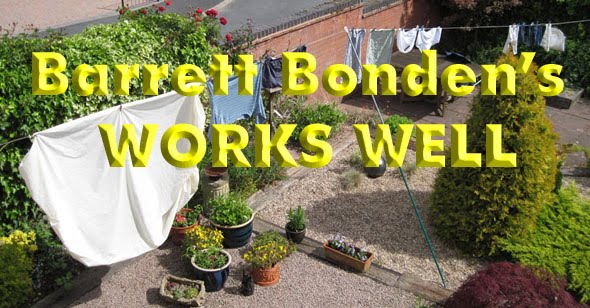 When L.P. Hartley wrote, “The past is another country. They do things differently there.” he cleverly avoided suggesting whether the things done were better or worse. An admirable aide mémoire for those of us well stricken in years since it hints we should be careful about recalling Golden Eras. Often, the Golden Era is now.
When L.P. Hartley wrote, “The past is another country. They do things differently there.” he cleverly avoided suggesting whether the things done were better or worse. An admirable aide mémoire for those of us well stricken in years since it hints we should be careful about recalling Golden Eras. Often, the Golden Era is now.This jazzy device is our kitchen scale and I had intended it to be the basis for a quite different post. But the word scale took me back in time, reminding me of earlier versions of such weighing systems and the effect they had on the general populace.
No one under the age of fifty can possibly imagine how long it took to buy necessities in, say, 1951 . You didn’t serve yourself, you stood in a queue and listened to inordinate chat as white-aproned men behind the counter cut lumps of cheese, poured out bags of sugar and dug into barrels of dried peas then carefully weighed out the amounts. Weighed – that is – by putting the produce in one pan and weights in the other.
Groceries were beautifully tricked out with wooden drawers, hanging reels of string and a beguiling combination of smells. An environment destined straight for the heritage museum. And thank goodness. Using a grocery gave me plenty of time to reflect that the adult capacity for conversation was infinite. Those scales which helped drag out the process now grace the window-bottoms (West Riding phrase) of houses in south-east England. The Golden Age of Weighing? Yes, if you like weighing. Otherwise there’s always our streamlined little number.


4 comments:
My preference is for balancing scales, not for reasons of nostalgia, but because, on account of the evidence of opposing weights which they provide, they are easier to believe.
I dimly remember a food hall like that when I was very small. I found it quite sinster and frightening, echoing white marble and those very tall counters, cheese wires, scales etc, and men in white coats, or perhaps brown... I'd love to see such a place now.
We inherited a set of balances from a neighbour here, and I had a vague notion of restoring them. I think they probably got used for weighing out cement or something, and the weights for holding down tarpaulin.
Plutarch: My directory of culinary research now tells me she doesn't even weigh constituents when making cakes. So I'm baffled why she bought the scale in the first place. For its looks?
Lucy: Those sound like man-sized balances. Breton-man-sized, perhaps. Why not revisit them in the Spring and turn them into conceptual art?
I am a "people watcher". As I walk around the supermarket with my wife on our weekly shopping trips, (my job being to provide forward traction to the four-wheel steering trolley which always has one binding wheel - why, oh why, do not only the front wheels steer?) I see the blank-faced, uninterested men (is that me, too, I wonder)tagging along.
All so impersonal (although efficient, I agree). I am well past your "50 limit" and remember the enjoyment of village shops where gossip and meeting neighbours was half the fun. How expert the grocer was at wiring off a lump of cheese, slapping on the scales over a piece of grease proof paper and finding it was almost exactly the weight required. Then into a brown paper bag. (A pet hate these days is plastic wrapping)
Post a Comment